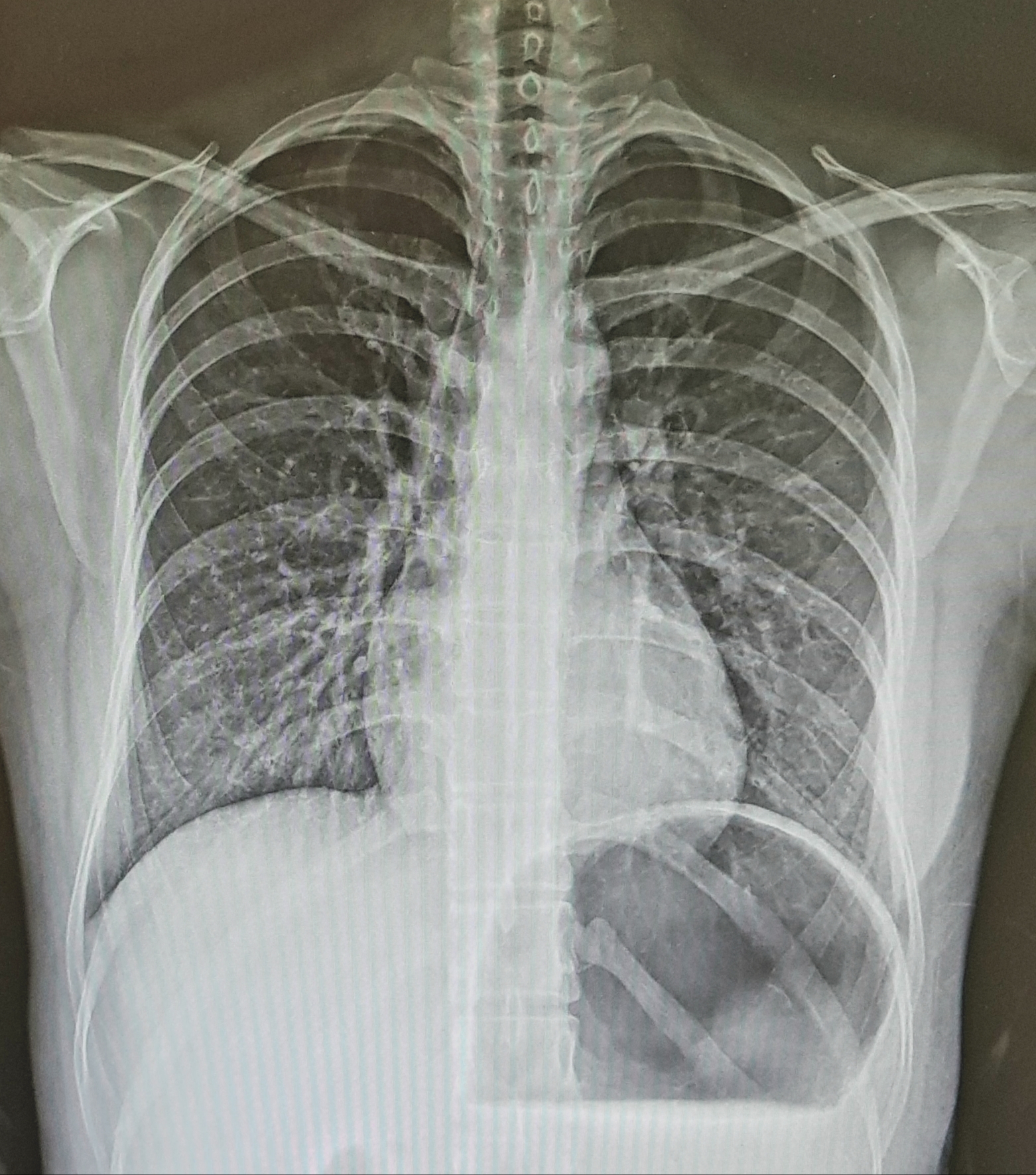| 일 | 월 | 화 | 수 | 목 | 금 | 토 |
|---|---|---|---|---|---|---|
| 1 | 2 | 3 | ||||
| 4 | 5 | 6 | 7 | 8 | 9 | 10 |
| 11 | 12 | 13 | 14 | 15 | 16 | 17 |
| 18 | 19 | 20 | 21 | 22 | 23 | 24 |
| 25 | 26 | 27 | 28 | 29 | 30 | 31 |
- MRI 영상변수
- fractional echo
- T1WI
- ECG gating
- slice gap
- MRI gantry
- aliasing artifact
- FSE
- MR angiography
- fast spin echo
- 자기공명혈관조영술
- 방사선사나라
- MRA
- K-space
- radiographer nara
- MRI image parameters
- T2WI
- chemical shift artifact
- saturation pulse
- no phase wrap
- T2강조영상
- 동위상 탈위상
- T2 이완
- TR TE
- saturation band
- tof
- wrap around artifact
- T1강조영상
- receive bandwidth
- 사전포화펄스
- Today
- Total
방사선사나라 Radiographer Nara
[MRI](영/한) IR (Inversion Recovery) pulse sequence/ 반전회복 펄스 시퀀스 본문
[MRI](영/한) IR (Inversion Recovery) pulse sequence/ 반전회복 펄스 시퀀스
SEONARA 2020. 4. 23. 12:31(영어/영문/English)
Inverse recovery (IR) pulse sequence? (180º-90º-180º, 3 RF)
This is a method to obtain the image by applying the 90º RF pulse and the 180º RF pulse after inverting the longitudinal magnetization from the Z-axis direction to the -Z-axis direction by first applying the 180º RF pulse.
TI(Inverse Time) is the time from the 180º RF pulse to the 90º RF pulse.
Because it is possible to maximize the contrast between tissues with fast T1 relaxation time and slow T1 relaxation time, it can make T1 weighted images with stronger contrast than T1WIs, but the difference is not great and the scan time increase because the TI time is added.
1.STIR (Short TI Inversion Recovery)- Fat suppression
The STIR technique is a method of removing fat signals by using short TI. (TI : 150ms~200ms)
(1) 180º RF pulse is applied to invert the tissues in the -Z direction.
(2) The tissues begin T1 recovery and the fat tissue with a short T1 relaxation time reaches first the XY plane (nulling point).
(3) At this point, an image is obtained by applying a 90º RF pulse and a 180º RF pulse.
When image is obtained, the signal of the fat is directed in the Z direction, so there is almost no signal measured in the XY plane.
However, since the signal of the other component (water) is measured in the XY plane, we can get the image that the signal of the other component is measured and the fat signal is suppressed.
2. FLAIR (Fluid Attenuated Inversion Recovery)- Water suppression
The FLAIR technique is a method of suppressing the signal of a water component by applying a 90º RF pulse and a 180º RF pulse by setting the time point when the water component reaches the XY plane (nulling point) as TI.
TI of FLAIR ranges from 2,000 to 3,000 ms, and TR is about 10,000 ms.

by radiographer nara
(국어/국문/Korean)
반전회복 펄스시퀀스? (180º-90º-180º, RF 3번)
180º RF 펄스를 먼저 인가하여 종축자화를 Z축 방향에서 -Z축 방향으로 반전시켜 놓고 90º RF 펄스와 180º RF 펄스를 인가하여 영상을 얻는 방법으로, 180º RF 펄스에서 90º RF 펄스 까지의 시간을 TI (반전 시간) 라고 한다.
T1 이완 시간이 빠른 조직과 느린 조직간의 대조도를 극대화 할 수 있기 때문에 T1 강조영상 보다 더 대조도가 강한 T1 강조영상을 만들 수 있으나 그 차이가 크지 않고 TI 시간이 추가되어 검사시간이 길어지는 단점이 있다.
1. STIR (Short TI Inversion Recovery) - 지방 신호 억제
STIR 기법은 TI를 짧게 주어서 지방신호를 제거하는 방법이다. (TI : 150ms~200ms)
(1) 180º RF 펄스를 인가하여 -Z 방향으로 조직을 반전시킨다.
(2) 조직은 T1 회복을 시작하는데 T1 이완시간이 짧은 지방조직이 먼저 XY평면 (nulling point)에 도달한다.
(3) 이 시점을 TI로 90º RF 펄스와 180º RF 펄스를 인가하여 영상을 얻는다.
이렇게 영상을 얻으면 지방 조직의 신호는 Z방향을 향하고 있어서 XY평면에서 측정되는 신호가 거의 없다.
그러나 다른 성분(물) 신호는 XY평면에서 측정되므로 다른 성분의 신호는 있고 지방신호는 억제된 영상을 얻을 수 있다.
2. FLAIR (Fluid Attenuated Inversion Recovery) - 물 신호 억제
FLAIR 기법은 물성분이 XY평면 (nulling point)에 도달한 시점을 TI로 정해서 90º RF 펄스와 180º RF 펄스를 인가하여 물성분의 신호는 억제하는 방법이다.
FLAIR 영상은 대개 2,000~3,000ms 정도의 긴 TI와 10,000ms 정도의 긴 TR을 요구하며 뇌 영상 검사에 기본영상으로 많이 사용된다.
- 방사선사나라
'자기공명영상 (MRI)' 카테고리의 다른 글
| [MRI] (영/한) SSFSE , HASTE / 고속영상법 (0) | 2020.04.25 |
|---|---|
| [MRI](영/한) FSE (Fast Spin Echo), TSE(Turbo Spin Echo) / 고속 스핀에코 (0) | 2020.04.24 |
| [MRI](영/한) 3 Dimension Volume Image / 3-D 영상 획득 기법 (0) | 2020.04.22 |
| [MRI](영/한) Gradient Echo의 종류 / 경사자계 에코의 종류 (0) | 2020.04.21 |
| [MRI] Gradient Echo (GRE) / 경사자계 에코 신호 (0) | 2020.04.20 |




